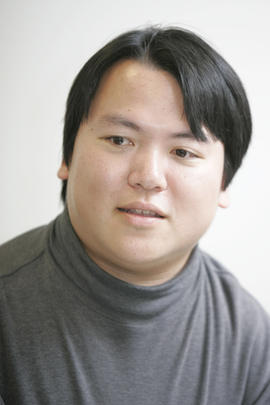I Want to Learn How to Think Beyond Academic Disciplines
Vol.10 2010.12.22 Shin-ichiro KUMAGAYA
The Cerebral Palsied Body
In the first half of this lecture, we will have Ms. AYAYA Satsuki, who has Asperger's Syndrome (which falls within a broadly defined spectrum of autism), as a guest speaker and attempt to re-describe from inside and by people who experience these conditions firsthand the cerebral palsied and autistic bodies that tended to be described by professionals.
The re-description will allow us to recognize that autism and cerebral palsy, the two conditions hitherto described as distinct by professionals, as contiguous issues by such words as "internal unity," "uncertainty," and "collaboration with outside."
Recognizing this, in the second half of the lecture we will think about "conditions for ‹ me› to prevent melt-down while collaborating with others" and talk about possibilities of a practice called "me-search" (tojisha-kenkyu).
- Instructor
-

- Shin-ichiro KUMAGAYA
- Adjunct Lecturer at Tokyo University's Research Center for Advanced Science and Technology. Pediatrician. I am researching from the perspective of people with disabilities themselves on rehabilitation and communication assistance. In particular, I am interested in possibilities of a practice "me-search" (tojisha-kenkyu) in relation to psychosomatic "pain" caused by uncertainty and experienced in all forms of disability.
- Resume Download
comment(1)
Post a Comment
- Other Lessons
とても興味深いご講義ありがとうございました。
身体的マイノリティーから身体を語ることは、私たちの持つ「正常」というイメージを疑ってみることのできる機会として、非常に刺激的でした。
脳性まひの身体的特徴を、「抑制性ニューロンの興奮性ニューロンへの変異」という形で生物学的に説明していただき、いわゆる「障害」と呼ばれるものへの印象が変わりました。
私が最も考えさせられたのは、熊谷先生が、コップを持つオリジナルの運動を編み出された、というお話です。
身体的マイノリティーの方が、身体に対する社会の規定から離れ、無理のない、自然な動きを自発的に獲得する、ということは、健常者の持つ「正常な」運動のイメージが…さらには「健常者」の身体が、社会から規定されていると言わざるを得ないと感じます。
身体だけでなく、私たちがそれについて考えるあらゆるものにおいて、「正しい」「異常」とは何かが地域や時代…社会によって相対的であるというのは、普段、素朴に思うことでもあります。